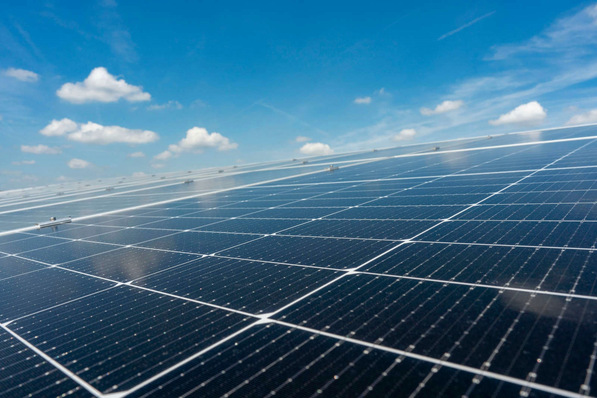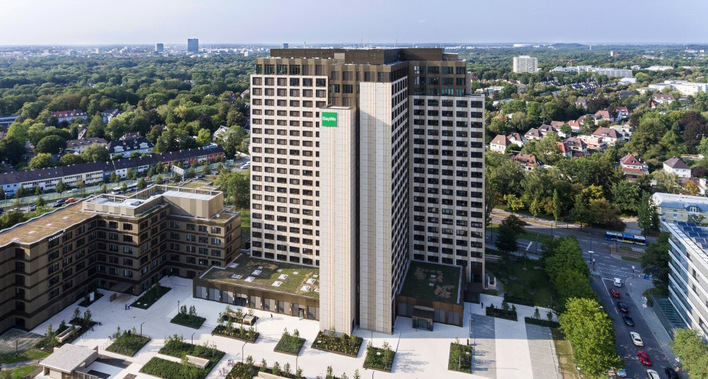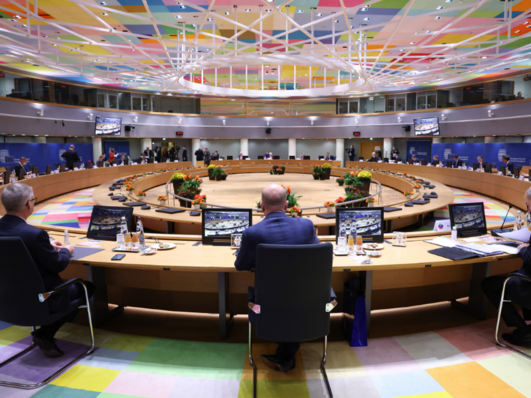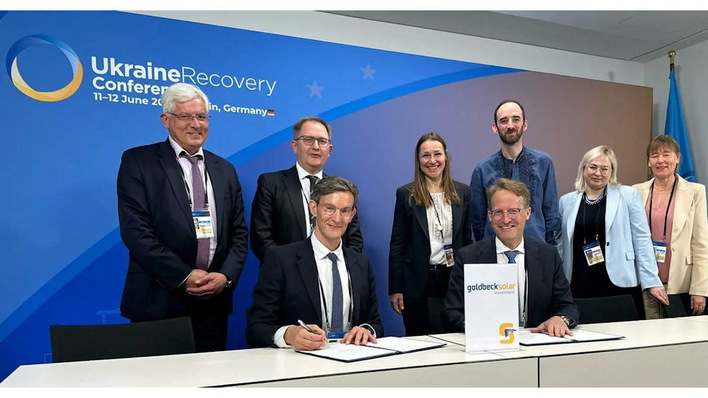Mr. Donoso, how has the Spanish photovoltaics market developed over the last year?
Over the last year, the Spanish solar market has entered into a new phase, in which the PV sector has been revived. The main drivers of this new boom are, on one hand, the positive results of the 2017 RES auctions, in which 3.9 GW of new PV capacity were assigned. On the other hand, an 80% cost reduction over the past few years has made PV technology highly competitive, and has allowed it to compete with other sources of energy. Moreover, thanks to the high solar radiation in Spain, PV technology is able to offer a lower price compared to fossil fuels.
What volume do you expect to see over the coming years?
Currently, there are around 30 GW of PV projects at different stages of the administrative processes with the local administration. This number reflects the reactivation of the PV sector. We also expect significant growth in investments of between € million 4000 and € million 5000 by 2020. According to a report published by the Spanish Experts Commission, the RES objective should be 27% by 2030. In that scenario, PV capacity will be at 47 GW.
What role does PV play in the Spanish energy mix?
Currently, PV accounts for 4% of the Spanish energy mix, despite the primary resource – the sun – being widely available across most parts of the country. Depending on the 2030 target, which will be defined by the new EU Directive, and depending on the national objectives set by the government, the current total PV capacity (4.7 GW), will have to increase significantly. This growth of the sector will contribute to creating jobs and economic wealth in Spain.
Which market segments do you consider to be particularly promising at the moment?
The main – and most promising – market segment at the moment is the utility-scale one, where 30 GW of PV projects are at different stages of the administrative processes. PV self-consumption is also growing slowly, both in the residential segment and in the industry market.
What issue is currently in the spotlight of the Spanish PV market?
In the Spanish PV market, regulations are lagging behind technological developments. This is why companies are exploring other ways to develop their projects, such as “going merchant” or signing PPAs. In the past few months, we have seen a gradual development of PPAs and this trend will continue as the market players become familiar with these agreements and start to trust them.
What prospects do you see for e-mobility in Spain?
E-mobility is a key element of the future model of smart cities, where all citizens will be interconnected and will be at the center of the energy system. In this model, every house will have a PV installation on its rooftop that will generate clean energy for in-house consumption. Moreover, the excess energy generated by the PV installation will be used to charge car batteries. In Spain, just like in other European countries, e-mobility is developing gradually, especially through car sharing schemes.
What European trends do you think are currently relevant for Spain and should be adopted here?
The most interesting and relevant trends that have been developing in Europe are the elimination of the barriers to self-consumption, the construction of zero-emission buildings with PV installations to generate clean energy, and e-mobility. (HCN)
The interview was conducted by the team of Intersolar Europe.
Intersolar Europe Conference: PV Markets Sessions | Dienstag, 19. Juni 2018
Trends and Driving Forces - "Markets Unleashed"
Global PV Markets: Europe (Italy, Spain, France, Turkey)
Global PV Markets: The World’s Four Largest Markets
Stay informed, get our free newsletter twice a week. Subcribe here.
Get to know the latest innovations at Intersolar Europe/The smarter E, join our pv Guided Tours, register here
More useful information:
http://www.pveurope.eu/News/Solar-Generator/170-MW-subsidy-free-PV-plant-in-Spain
http://www.pveurope.eu/News/Markets-Money/Spain-Increasing-solar-self-consumption







